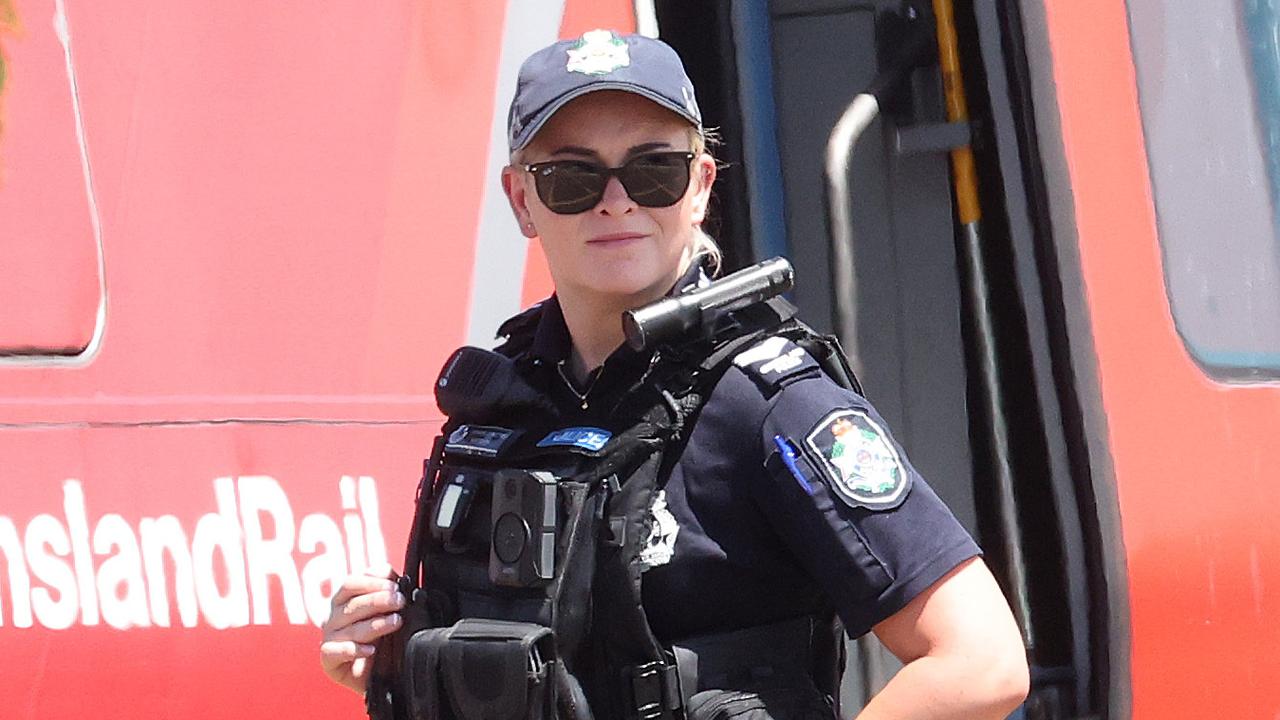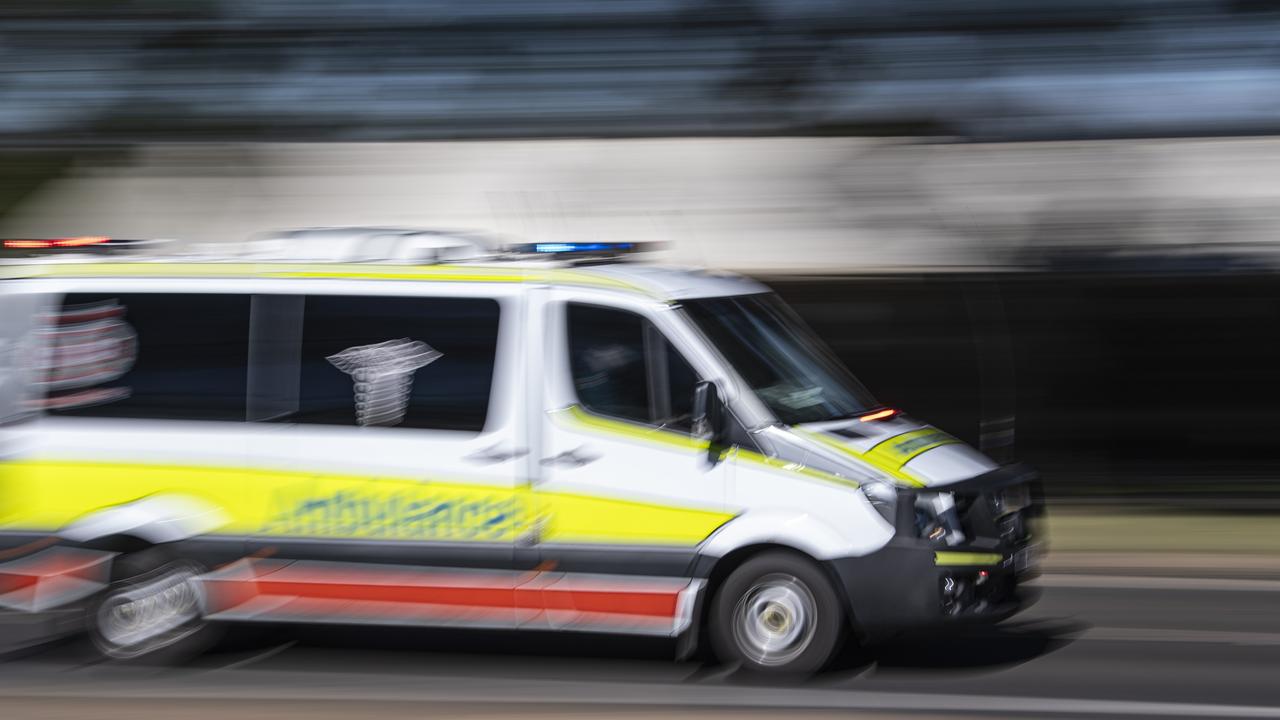QAS ‘surge’ workforce brought in after state hit triple-0 all-time high
On January 5, the Queensland Ambulance Service recorded it highest ever number of triple-0 calls for help. It was the day they’d been preparing for for two years.
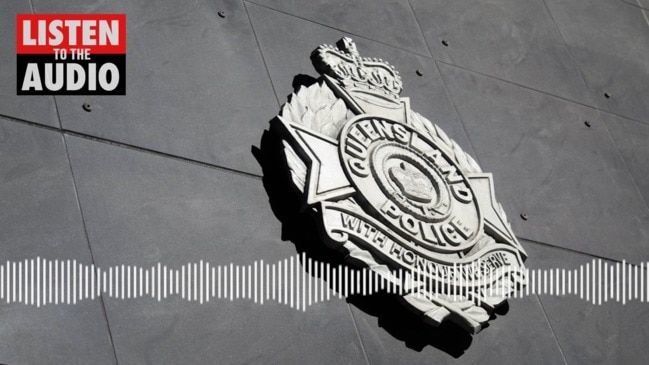
Emergency Services
Don't miss out on the headlines from Emergency Services. Followed categories will be added to My News.
Two years ago, as the coronavirus pandemic began sweeping across the globe, the Queensland Ambulance Service began prepping for Armageddon.
Modelling predicted the service could see up to 40 per cent of its staff struck down with illness, on top of a 25 per cent increase in calls for help.
Last month’s Omicron peak came nowhere near such disaster but two years of preparation meant the service was prepared when it recorded its highest ever number of triple-0 calls.
On Wednesday, January 5, the Queensland Ambulance Service answered 3981 calls for help.
Calls last month were 18 per cent higher than the same month last year and the service had to, for the first time, bring in its “surge” workforce.
But it’s the work of the specially created Clinical Hub – medical specialists who triage patients over the phone – that is helping the QAS cope with demand.
“Very early, in January 2020, we started to plan. We got together a Covid planning team … all cohorts of our business to say, what are the things that we’re going to need to do as this thing comes for us,” Acting Deputy Commissioner Steve Zsombok, who leads the QAS’s Covid response, said.
“You have to use your own resources before you can bring in Australian Defence Force, fire, State Emergency Services.
“We had to work out how to get more people to the frontline quicker.
“We did some pretty innovative things that we hadn’t had the opportunity to do before – or the will to do before in the way that we had this time.”
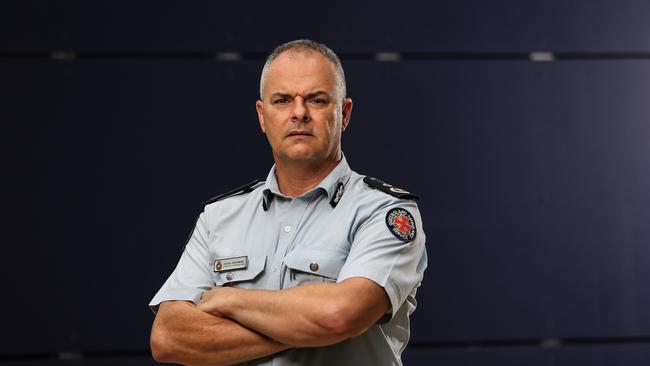
The service increased its bank of casual workers and brought on graduate paramedics to do patient transfers – and even trained some to answer triple-0 calls – as an employment pathway.
That meant when paramedic positions became available, they’d be moved into those roles. And in the event of a significant loss of staff, the QAS had access to a large number of ready-to-go fully-trained paramedics.
“We hauled some of those people out for the peak we got in January,” Mr Zsombok said.
“By then, they’d been in (the service) for almost a year and they’d spent a significant amount of time working as patient transport officers – still as paramedics though.
“We were able to just turn them straight in, straight on.”
The QAS set up its own testing hub to allow paramedics and other staff to get tested quickly – reducing the chance of spread. Yesterday, 93 staff members were logged as having Covid.
They also created the Clinical Hub – a team of paramedics and clinicians who call back people waiting for an ambulance to see what kind of treatment they really need.
They will take a medical history, ask a comprehensive series of questions about the situation and decide on the best course of treatment. Often, this might mean the person doesn’t need an ambulance at all.
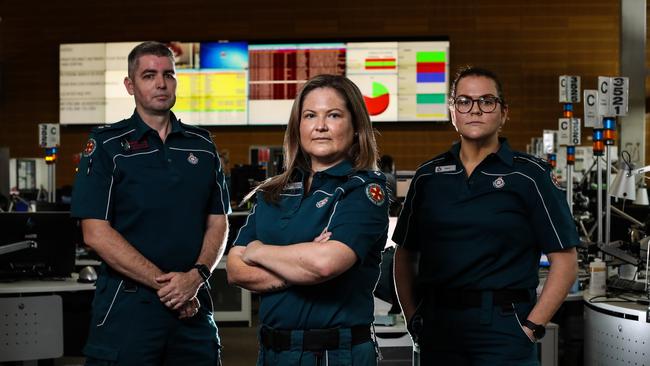
The team operates as a kind of over-the-phone (even using video call) paramedic service.
“Obviously we had a certain subset when the Covid pandemic was announced – that we were there for expert oversight of these cases,” senior paramedic and Clinical Hub team leader Jess Patch said.
“They might be things like a minor laceration, an isolated rash or an allergy – not anaphylaxis, because that’s more serious.
“We would communicate with the patient and ask them the general questions as we would as paramedics on road in person – but over the phone.”
If the incident is minor, the Clinical Hub staff might advise on how the patient can treat themselves. If it’s not, they send help.
Ms Patch said she recently provided advice over the phone for a child in an isolated area of the Great Barrier Reef who had been stung by a suspected Irukandji. A video call was not an option but they managed to send her a photograph of the child’s sting.
“And that was very effective in identifying it was unlikely to be an Irukandji,” Ms Patch said.
But despite that, Ms Patch determined the child was having an anaphylactic reaction and a helicopter was sent.
The Hub has reviewed nearly 70,000 triple-0 incidents since March 2021 – between 200 and 300 per day.
In that time, they’ve recommended that no ambulance was required in nearly 10,000 cases – helping to reduce the stress on the system.
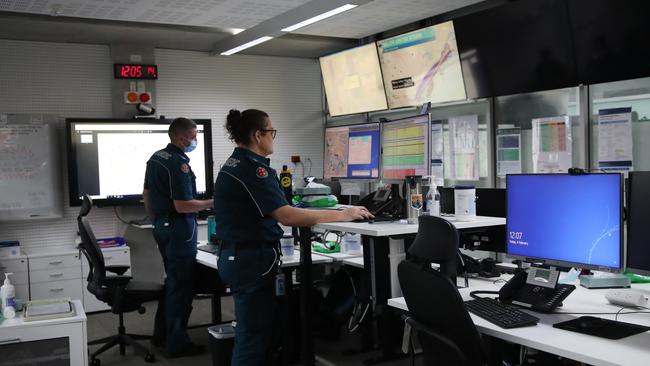
Ms Patch said last month – at the height of Omicron – was unprecedented in terms of people calling triple-0.
“They are really unsure, especially in times of pandemic, they are unsure if they can go out to seek medical attention because the information out there is very confusing and it’s changing frequently,” she said.
“They are trying to do the right thing by isolating at home but they can actually leave their house for medical assistance if they are able to do so. But we do obviously want them to call us if they have shortness or breath or chest pain.”
Mr Zsombok said the heightened concern in the community when Omicron peaked, combined with difficulties around accessing PCR and rapid antigen tests, saw a huge increase in calls.
“I really do understand it. If people aren’t used to calling an ambulance, and then they find themselves in a position where they’ve been listening and monitoring (Covid) and it hasn’t affected them and then suddenly it has there’s this heightened sense of urgency.
“And if they’re not able to get to a test or go get a test, they will call the most trusted profession they know.
“And while that increased our workload, we can understand why they were doing it.
“Only call an ambulance if you really, genuinely need one. If in doubt, call for help. Don’t call us to take you to get a PCR because a taxi won’t take you – we did see some of those.
“I don’t believe anyone was abusing or misusing the ambulance service. I imagine people are doing what they think is right.”
Health advice: 13HEALTH
Covid-19 advice: 134COVID
For emergencies: Triple-0

